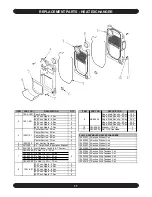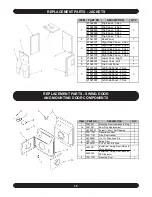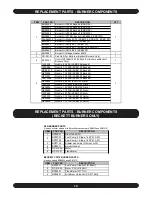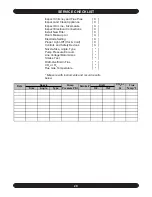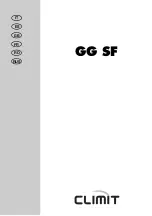
9
If tank is more than 20' from the boiler, a two stage
fuel unit should be installed in place of the single
stage pump supplied as standard equipment with
the burner. Make certain the rotation and speed are
the same and the pump is suitable for the burner
horsepower rating.
FIGURE 10
TYPICAL INSTALLATION -
SINGLE PIPE OIL SYSTEM
FIGURE 11
TYPICAL INSTALLATION -
TWO PIPE OIL SYSTEM
An oil line filter and shut-off valve should be installed
in the suction line. Shut-off valves should be installed
in both the suction and return lines at the burner for
convenience in servicing burner. Allow extra tubing
at burner so burner may be removed from boiler for
cleaning without disconnecting tubing.
(Figures 10-
11)
An optional flexible oil line is available.
ELECTRICAL WIRING
Electrical wiring must conform with the latest revi-
sions of the National Electrical Code, ANSI/NFPA
No. 70, and/or local authority having jurisdiction.
1. When an external electrical source is utilized,
the boiler, when installed,
MUST BE
electrically
grounded in accordance with these requirements.
2. Install a fused disconnect switch between
boiler and meter at a convenient location.
3. When the boiler is equipped with self-ener-
gized controls, no outside source of electric power
shall be connected to the circuit of this system.
(See "Steam Wiring W/MM #67 Mechanical
LWCO" on next page.)
THERMOSTAT INSTALLATION
1. Thermostat should be installed on an inside wall
about four feet above the floor.
2.
NEVER
install a thermostat on an outside wall.
3. Do not install a thermostat where it will be affected
by drafts, hot or cold pipes, sunlight, lighting fixtures,
television, fireplaces, or chimneys.
4. Check thermostat operation by raising and lower-
ing thermostat as required to start and stop the
burner.
5. Instructions for the final adjustment of the thermo-
stat are packaged with the thermostat (adjusting
heating anticipator, calibration, etc.).

















